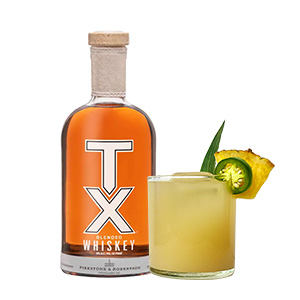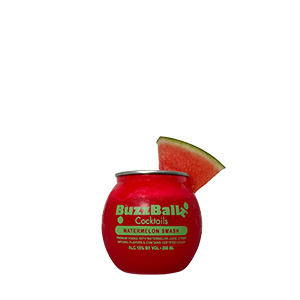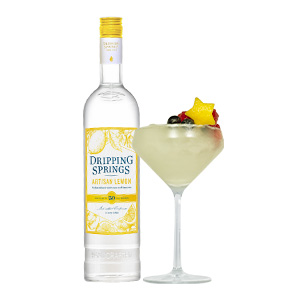Spec’s selection is vast, and includes all sorts of Scotches worthy of extra exploration. Within the world of Scotch whisky, many connoisseurs are interested in the process of scotch making and blending to find favored characteristics. A newer concern among scotch scholars is the use of the term “natural color.” An increasing number of Scotch whiskies, especially single malts, include this description, so here’s Spec’s comprehensive explanation of this concept.
Most single-malt scotches are produced from sizable batches – dozens or even hundreds of casks mingled together instead of bottled from a single cask (see our post on single-cask whisky). This process achieves consistency, so that the bottle you purchase today will taste nearly identical to the one you had six months or two years ago. Since the casks selected for each batch are different, a skilled blender can produce batches whose flavor is nearly the same, but the color may vary.
To match the color of a new batch to the previous ones, many distilleries will add caramel color. (While bourbon, rye, and corn whisky must be bottled with natural color, Scotch whisky regulations allow the addition of spirit caramel – specifically the type known as plain caramel or E150a – to adjust color.) Whisky to which no caramel color has been added is considered to have “natural color.”
Caramel is produced from the controlled heating of carbohydrates, typically corn syrup, wheat, glucose syrup, or sucrose. Acids, alkalis or salts may be added to enhance caramelization. In its concentrated form, plain caramel is intensely dark and may have rich flavors of nuts, butterscotch, and fruit. In the relatively small amounts used to color whisky (around one-quarter to one-eighth the amount that is used to color soft drinks), it becomes less clear how caramel coloring impacts the flavor of whisky.
Producers who color their products argue that caramel has no effect on flavor and is only used to achieve consistency across batches, but independent studies have found otherwise. Informal experiments comparing “natural color” whisky with the same whisky to which a tiny amount of plain caramel has been added suggest caramel can have a binding effect on blended whiskies and smooth rough edges. In malts, caramel may dull vibrant flavors. Some scotch connoisseurs believe they can detect added caramel in whisky by a bitter finish and deadened flavors.
Just as important as any potential impact on flavor from adding caramel color is the information that natural color conveys about the whisky. One may infer from its color if scotch was matured in new oak (that has matured bourbon or wine but not yet a scotch) or refill oak, as well as what type of spirit or wine the wood previously held and which species of oak was used.
Clues that natural color provides about the whisky can help one understand some of the flavors a whisky offers even before smelling and tasting it. Adding caramel to adjust the color of whisky conceals all these indications, and may actually fool a consumer into believing a whisky will be richer than it actually is.
One perfect example of a producer that has always bottled its whisky in natural color is Springbank, the iconic Campbeltown distillery. One of the most craft-intensive distilleries in Scotland, with its own malting floor and bottling line, Springbank embraces batch variation. While each batch may be slightly different from the last, Springbank whiskies are never less than stellar, and their color reveals a great deal about how they are made.
Regardless of one’s position on the possible negative consequences of adding caramel color, natural color preserves the mystique of malt Scotch being produced entirely from water, barley, yeast, and matured in oak. Whatever your preference, Spec’s has a Scotch for every connoisseur.
Submitted by: Simon Taylor in Dallas




